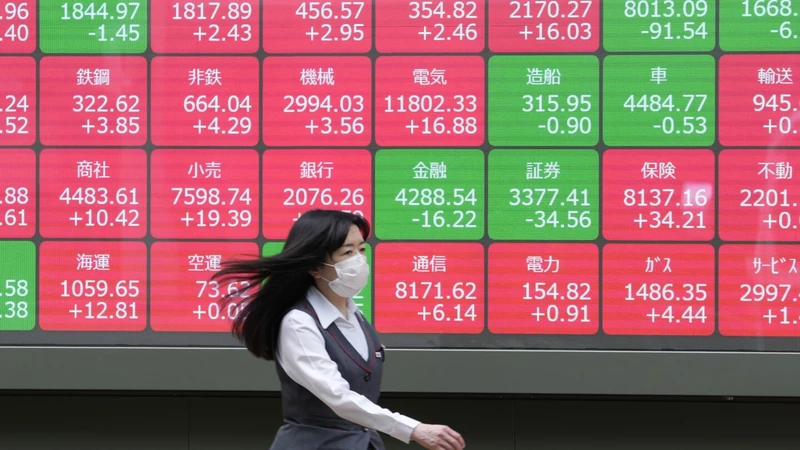European markets opened with a flourish on Monday, riding a wave of gains following the unexpected withdrawal of President Joe Biden from the 2024 race. This development sent ripples through global markets, while Asian shares mostly took a tumble. The sudden exit by Biden on Sunday, coupled with his endorsement of Vice President Kamala Harris to challenge former President Donald Trump, injected a fresh dose of uncertainty into the financial system of the world’s largest economy. The initial reaction from financial markets seemed to shrug off the news without much drama, according to Stephen Innes of SPI Asset Management.
The announcement “barely dented financial markets,” as Innes put it. Despite a slight weakening of U.S. yields and the dollar in Asian trading, both quickly rebounded. Investors appeared to have anticipated this outcome, and the odds of a Trump victory remained largely unchanged. While Biden’s exit did stir the political pot, it didn’t unseat the financial apple cart too much. Over the weekend, the smoke cleared from a massive technology outage that had wreaked havoc on Friday, disrupting everything from flights to banking services. This tempest in a tech teapot seemed to have mostly resolved itself by early Monday.
Financial markets had a rough end to the previous week. The S&P 500 fell by 0.7%, marking its first losing week in three and its worst since April. The Dow Jones Industrial Average and the Nasdaq composite didn’t fare much better, dropping 0.9% and 0.8% respectively. Technology stocks took a particular hit, with CrowdStrike’s shares plummeting by 11.1% and Microsoft’s dipping by 0.8%. The outage caused chaos at airports around the globe, with long lines of disgruntled travelers waiting at check-in counters. Even medical appointments weren’t spared, making the outage a universal headache.
In other financial dealings early Monday, U.S. benchmark crude oil remained unchanged at $78.64 per barrel in electronic trading on the New York Mercantile Exchange. Meanwhile, Brent crude, the international standard, added a modest 7 cents to reach $82.70 per barrel. This stability in oil prices provided at least one steady point in an otherwise fluctuating market landscape. The U.S. dollar showed some weakness, falling to 156.64 Japanese yen from 157.49 yen, reflecting the broader uncertainties in the financial arena.
The global economy continues to navigate through a maze of challenges. The U.S. economy, which recently posted a slower-than-expected 4.7% annual growth rate for the second quarter, faces its own set of trials. With the political landscape shifting and technological glitches adding fuel to the fire, investors have plenty to ponder. The upcoming weeks will undoubtedly be a litmus test for economic stability and market resilience. As always, those with a keen eye on the markets will be watching closely, ready to adapt to whatever comes next.




 By
By




 By
By

 By
By
 By
By






